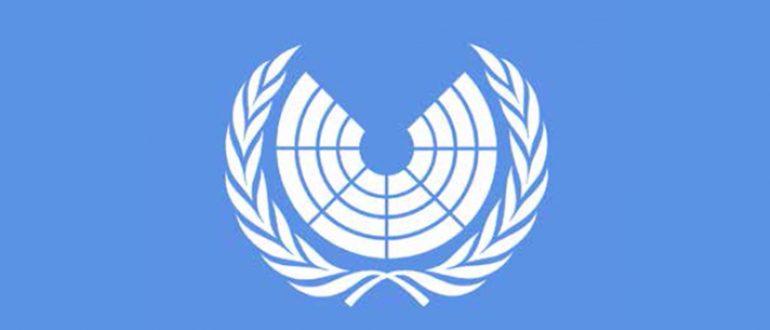
The proposal of a UN Parliament: The idea, its supporters, and possible ways of implementation
The Campaign for a United Nations Parliamentary Assembly (UNPA) proposes to establish a parliament as an additional organ within the UN system – next to the General Assembly and other organs such as the Security Council. In contrast to institutions like the Inter-Parliamentary Union, a coordination platform for national parliamentarians, the UNPA is intended as a genuine parliament – composed of directly elected democratic representatives and accounting for different national population sizes. Existing supranational parliaments illustrate this idea. For instance, in the European Parliament (EP) representatives are grouped not according to their nationality, but based on their political orientation. Thus, Angela Merkel’s Christian Democrats are part of the European People’s Party just like Nicolas Sarkozy’s Republicans. Similar to the EP on the European level, one of the core ideas of the UNPA proposal is to provide a democratic basis for finding global solutions to worldwide problems such as climate change.
Possible logo of a United Nations Parliamentary Assembly – Tony Fleming / Sarsaparilla (wikimedia.org)[/caption]
The idea of such a world parliament has been quite popular – historically and recently. It was supported by eminent figures such as Albert Einstein who called for delegates of the UN to be “directly elected by the people.” Since the UNPA Campaign was founded in 2007 under the auspices of former UN Secretary- General Boutros Boutros-Ghali, it has been endorsed by various prominent individuals and institutions: among others, three party leaders in Germany (Sigmar Gabriel, Katja Kipping, and Cem Özdemir), the EP, the EU’s High Representative for Foreign Affairs Federica Mogherini, around 400 NGOs, more than 1,400 former and current Members of Parliament, Nobel laureates like Günter Grass, as well as professors from Harvard, Princeton, and Yale. Moreover, a global poll by the BBC World Service found that in various countries – ranging from Brazil, China, and Germany to India, Russia, and the United States – 63% of each surveyed nation support the proposal on average, while only 20% oppose it.
But how could this reform be implemented? The UNPA Campaign suggests two paths. Firstly, the UN General Assembly could establish a UNPA as a “subsidiary” organ via Article 22 of the UN Charter. While the five permanent members of the Security Council would have no right to veto such a decision, a simple majority in the General Assembly could be enough to create a UNPA. UNICEF is a prominent example of an institution established in this way. Secondly, if a sufficiently numerous and diverse range of countries decide to do so, they could sign an international treaty creating a UNPA. Well-known cases of this path are the International Monetary Fund (IMF), the World Trade Organization (WTO), and the UN itself. With regard to the UNPA’s composition the Campaign suggests that representatives could at first be delegated from national parliaments, before they are eventually directly elected. This would mirror the development of the EP which was composed of national parliamentarians at its founding in the late 1950s, before the first direct elections were held in 1979.
Institutional reforms such as the creation of a UN Parliament might seem like a distant prospect, but the relatively recent creation of the International Criminal Court (ICC) may indicate otherwise. In the mid-1990s a coalition of NGOs and states from all parts of the world started campaigning for the ICC’s creation. By the late 1990s the Rome Statute was passed and the newly founded ICC started operating in the early 2000s. At the UN’s 70th anniversary this year, calls for a UNPA are growing louder. The UN is in dire need of reform. It remains to be seen if reforms include the establishment of a parliament.
This article is part of CISS’s cooperation with the Diplomatic Magazine and was published there first in the issue 12/2015.
